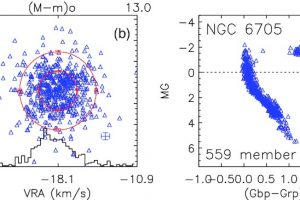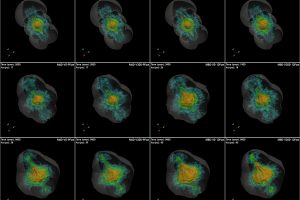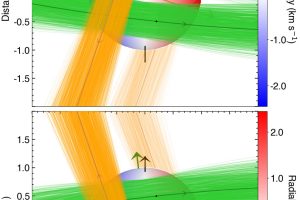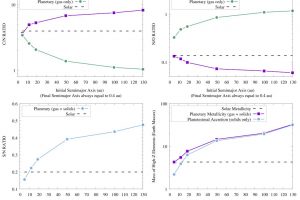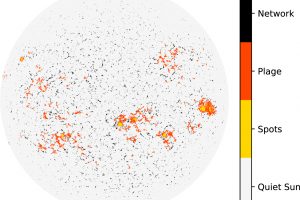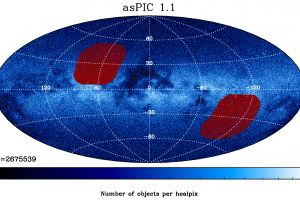An Italian consortium to study the Space Weather. The paper: “SWELTO — Space WEather Laboratory in Turin Observatory” of A. Bemporad (INAF – AOTo) recently appeared on the INAF Technical Reports

The atmosphere of the Sun hosts a rich variety of magnetic phenomena, which are the consequence of the interaction between the solar magnetic field and the hot and highly ionized solar gas (plasma). The main magnetic phenomena occurring in the photosphere are the sunspots. They appear as dark spots in the bright solar surface, which correspond to regions with intense
» Read more


